Beschreibung
Einleitung
The electrical resistance corrosion probes can be used in many industries. ER probes, for example, are used in the oil and gas industry to check pipeline corrosion. Given the corrosive nature of many oil and gas products, understanding corrosion rates can be critical to preventing leaks and maintaining infrastructure integrity.
There are two types of Electrical Resistance (ER) Corrosion Probes used in corrosion monitoring: tubular probes and flat probes.
Tubular probes are made from thin, small tubes using material sourced directly from the site. These probes are highly sensitive and precise, making them perfect for environments where the pressure doesn’t go over 50 MPa.
The ER probe is a key tool in monitoring corrosion. It’s a unique device that tracks how fast corrosion is happening in a specific system.
Here’s how it works: As metal corrodes, it gets thinner. This thinning increases the electrical resistance of the metal. So, by measuring the change in electrical resistance, we can determine the rate of corrosion. This method gives us a measurable way to keep an eye on and control corrosion in various industrial settings.
Parameters of the ER Corrosion Probes
| Name | EMT-CP ER Corrosion Probe |
| Material | Stainless Steel 316、304、L DUPLEX SS |
| Betriebstemperatur | -20~200℃ |
| Funktionen | Easy to Operate |
| High Accuracy and Long Life | |
| High Efficiency Low cost | |
| Zahlung | TT/LC |
| Vorteile | Lightweight and flexible. |
| Nice injection efficiency | |
| Accurate location tracking |
Advantages of ER Probes
ER probes have a standout feature: they can track changes in electrical resistance over time, which gives us an ongoing picture of the rate of corrosion. By keeping an eye on these changes, workers can understand how severe the corrosion is within a system. The information gathered can then help decide what maintenance is needed, how well corrosion inhibitors are working, or if it’s time for system upgrades or replacements.
But there’s more. ER probes offer the bonus of continuous, real-time monitoring of corrosion rates. This means workers can get up-to-the-minute data, allowing them to quickly react to situations like a sudden spike in corrosion. Having this real-time information is crucial in preventing serious failures, cutting down on downtime, and making maintenance schedules more effective.
The Installation of the Electrical Resistance Corrosion Probes
Installing a corrosion probe starts with picking the right probe based on your system’s needs and the type of corrosion you want to track. Next, you select a site that’s a good representative of the entire system and where corrosion is likely to happen. You then prepare this site, which might mean drilling a hole for a pipeline system or getting a mounting site ready for a tank or vessel. Then you mount the probe holder, which is designed to keep the probe steady and typically has a seal to avoid leaks. After that, you put the probe into the holder, ensuring it’s secure and in position. The probe is then connected to the monitoring system, which might involve setting up wires or, for wireless probes, making sure it’s properly connected to the system. Before the probe can give accurate readings, it needs to be calibrated by comparing its readings to a known standard and making the necessary adjustments. After installation and calibration, check for any leaks around the probe holder and make sure the probe is giving readings to the monitoring system. Once everything is set up and checked, you can start monitoring for corrosion.
Elektrische Widerstandstechnik
The electrical resistance technique measures how fast corrosion is happening by tracking changes in a metal probe’s electrical resistance. When metal corrodes, it gets thinner, and this makes its electrical resistance go up. By measuring this change, we can work out the rate of corrosion.
This technique is based on Ohm’s law. This law says that a material’s resistance to electricity (R) is directly related to its length (L) but inversely related to its cross-sectional area (A). So, as the metal corrodes and its effective cross-sectional area gets smaller, its resistance to electricity goes up.
Electrical Resistance Corrosion Probes’ Applications
The electrical resistance corrosion probes can be used in many industries. ER probes, for example, are used in the oil and gas industry to check pipeline corrosion. Given the corrosive nature of many oil and gas products, understanding corrosion rates can be critical to preventing leaks and maintaining infrastructure integrity.
In the water treatment sector, ER probes play a critical role in checking how corrosive the water is. This helps to lengthen the lifespan of pipes and pumps and keeps the water quality high. It’s like a health check-up for your water system.
Meanwhile, in the world of chemical processing, ER probes serve a similar function. They are used to keep an eye on corrosion in reactors, storage tanks, and pipelines. Since many chemicals used in these processes can cause corrosion, the probes provide crucial information to keep everything running safely and smoothly. It’s like having a safety watchdog for your chemical systems.
Unser Service
1. There are many kinds of chemical injections, with different types to meet different requirements.
2. The fastest feedback!
3. Also, the fastest delivery time
4. 24 hours, 7 days online
We use a plywood case as packaging, which has the following advantages:
1. Light-weight, clear lines, insulation, high strength, not easy to deform;
2. Then no fumigation is required.
Schlussfolgerung
Electrical Resistance (ER) corrosion probes, such as the EMT-CP ER Corrosion Probe, are vital tools for monitoring corrosion rates in various industries, including the oil and gas sector, water treatment, and chemical processing. These probes work by tracking changes in the electrical resistance of a metal as it corrodes and thins, providing a clear picture of the rate of corrosion. There are two types of ER probes: tubular and flat. They offer continuous, real-time monitoring, enabling quick response to changes and effective maintenance planning.
The installation of these probes involves selecting an appropriate probe based on system needs, preparing and choosing the installation site, installing and securing the probe in its holder, connecting it to the monitoring system, calibrating it for accuracy, and checking for leaks or issues before starting monitoring.
The EMT-CP ER Corrosion Probe stands out due to its high accuracy, long life, efficiency, and low cost. It’s made of durable Stainless Steel and can operate in temperatures ranging from -20 to 200 °C. The product is also lightweight and flexible, offers accurate location tracking, and is easy to operate.
Our service provides a variety of chemical injections, quick feedback, fast delivery, and 24/7 online support. The packaging used is a plywood case, which is lightweight, insulating, high-strength, not easily deformed, and requires no fumigation.

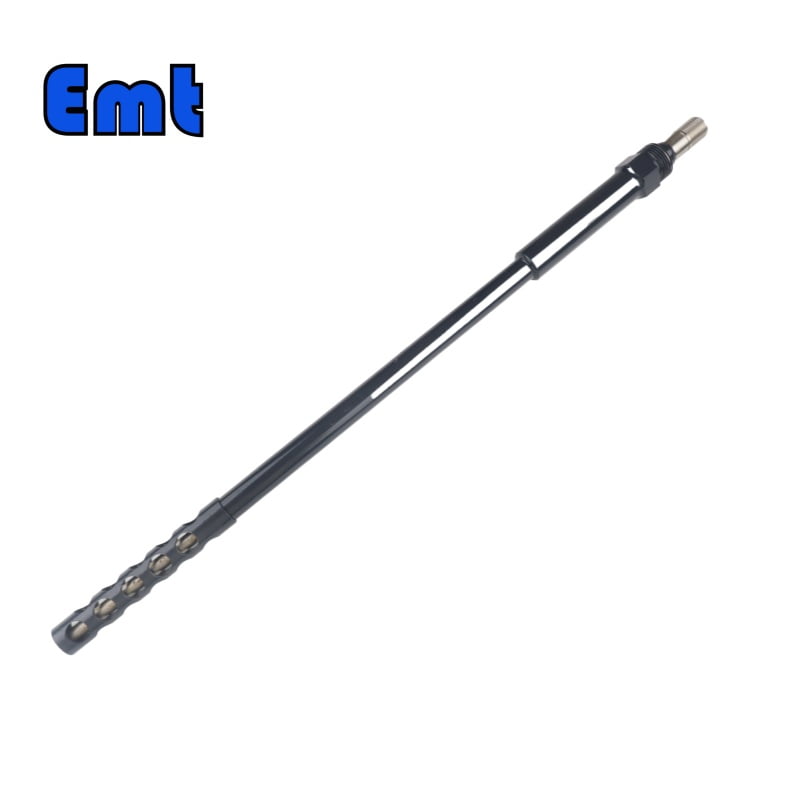
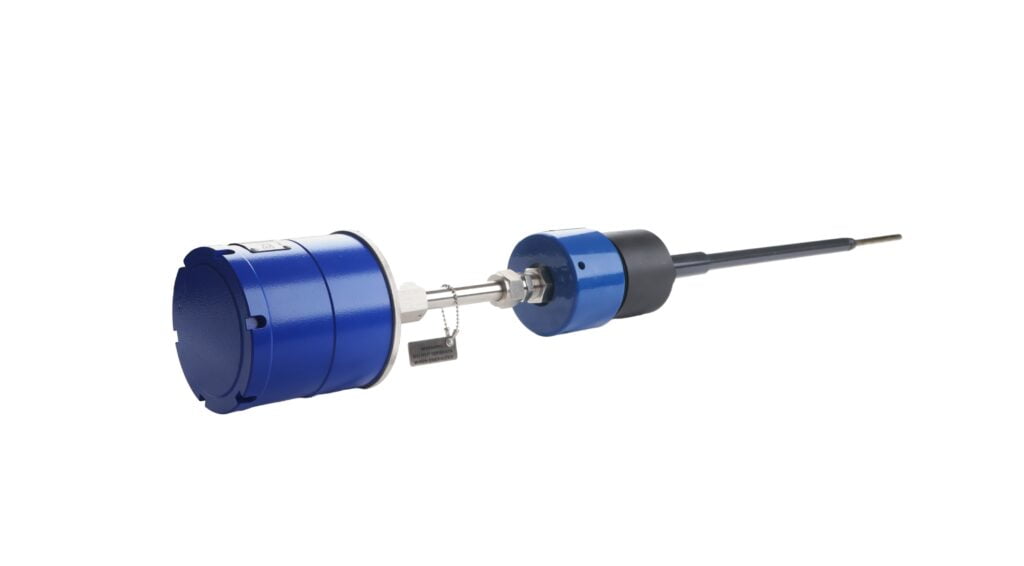
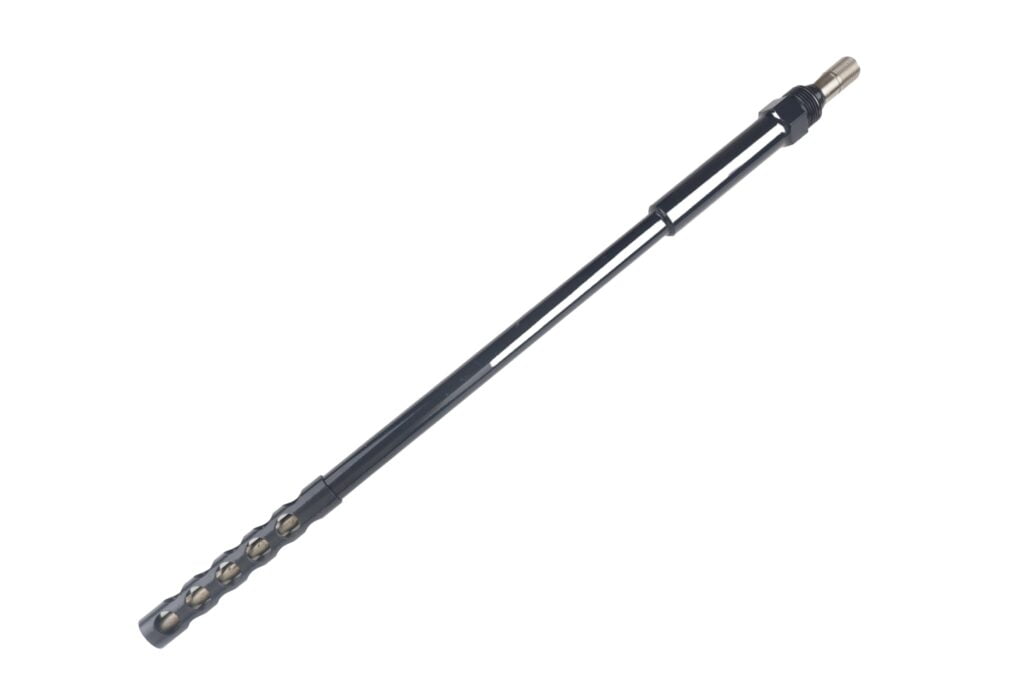
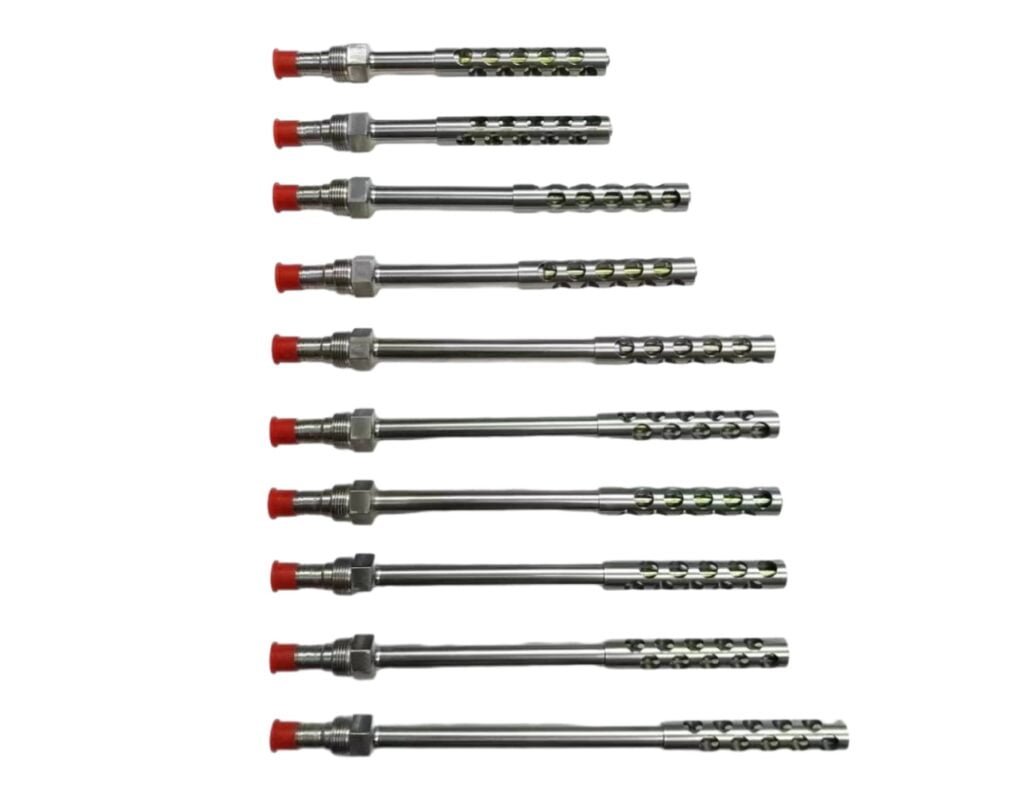
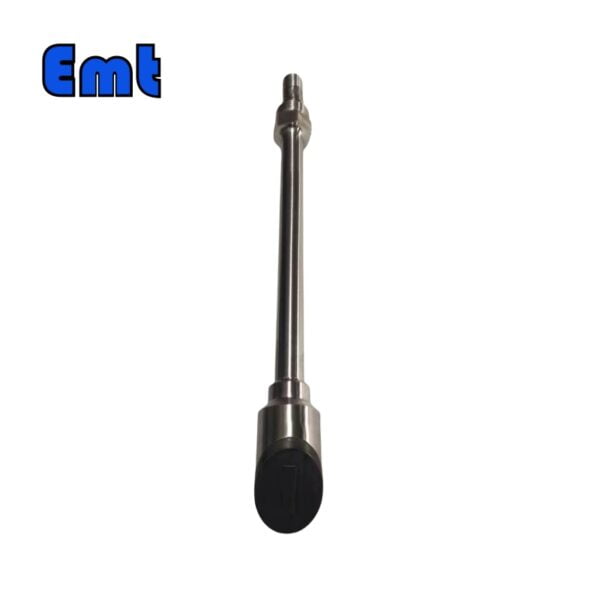
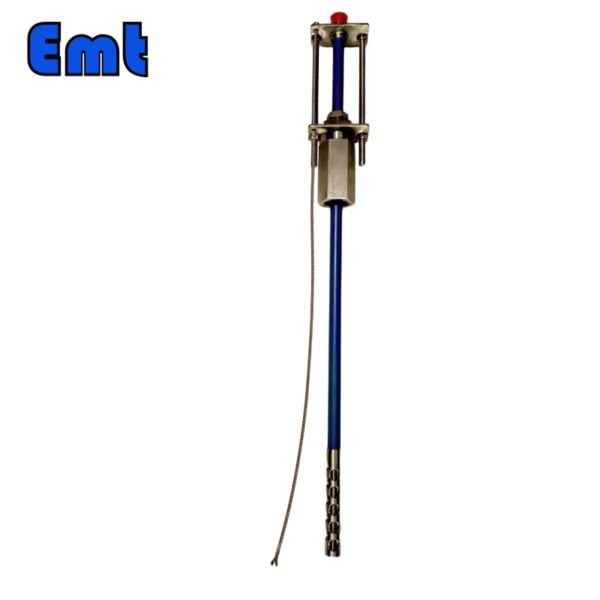
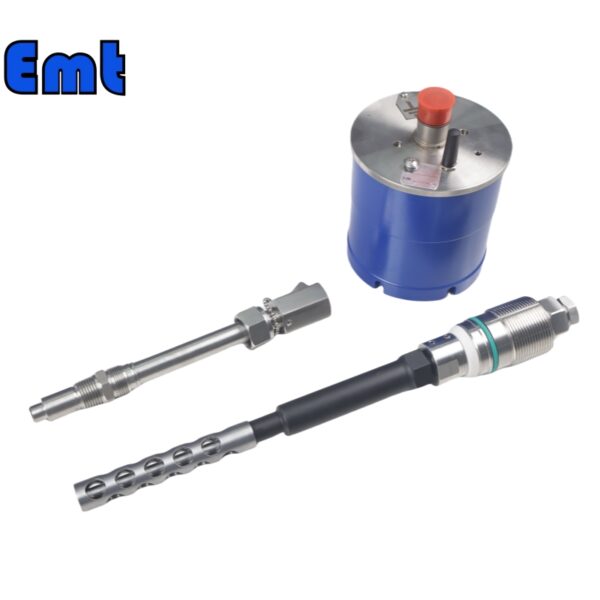
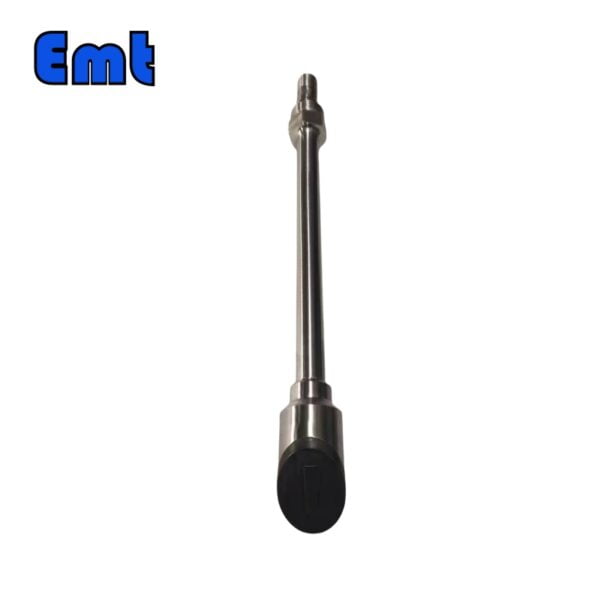
Rezensionen
Es gibt noch keine Bewertungen.